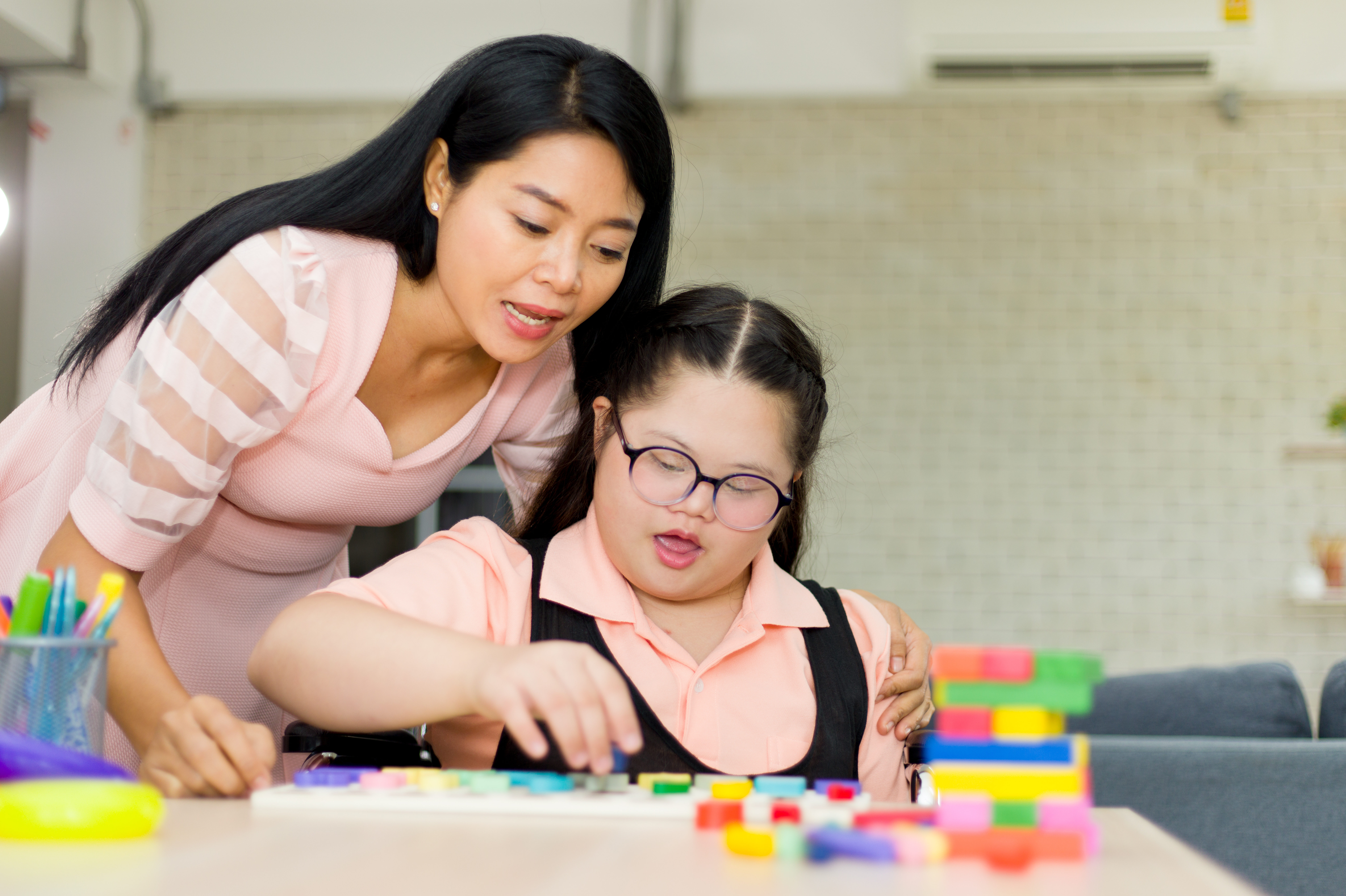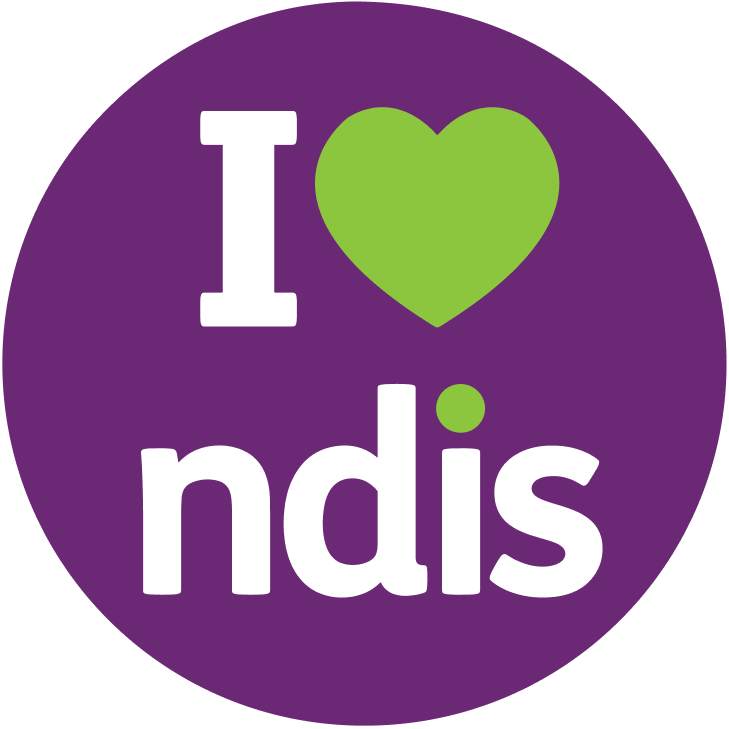Autism 101

What is Autism Spectrum Disorder?
Autism Spectrum Disorder (ASD) is a developmental condition which changes the way the person interacts with the world around them. As the name suggests, ASD presents itself on a very wide spectrum. Autism traits can be influenced by age, language, cognitive and functional skills, and gender. No two people on the spectrum are alike.
Although the cause of ASD is unknown, it is understood that people on the spectrum have differences in their brain– also known as being neurodiverse. Neurodivergent individuals see and interact with their environment differently to neurotypical individuals. As the world is set up for neurotypical people, this can be challenging for neurodivergent individuals. Being placed in an unfavourable environment and asked to change to fit in into the environment is a big ask. Instead, people in this environment are encouraged to take steps to understand neurodivergent individuals and change the environment and communication style in order to be a good communication partner.
There are many different terms used to address individuals on the spectrum. According to the Autism CRC guidelines, identity-first language (“autistic person”) or the person-first term “person on the [autism] spectrum” are appropriate when referring to individuals on the spectrum. On a personal level, some individuals prefer identity-first language while others prefer the term “person on the spectrum” or “person with autism”. Hence, it is important to ask your client how they wish to be addressed during the Meet and Greet session.
To learn more about ASD and neurodivergent affirming practices, check out Neurodiversity and/or https://neuroclastic.com/autism/what-is-autism/?amp
Diagnostic Criteria for ASD
The diagnostic criteria for ASD is based on the American Psychiatric Association’s Diagnostic and Statistical Manual of Mental Disorders Fifth Edition (DSM-5). A diagnosis of ASD can be made by qualified Paediatricians, Psychologists and Psychiatrists. The diagnosis may be made after consulting a range of other health professionals including Speech Pathologists, Occupational Therapists, GPs etc.
To meet the DSM-5 diagnostic criteria, the person needs to have:
- Persistent deficits in social communication and social interaction across multiple contexts
- Restricted, repetitive patterns of behavior, interests, or activities
- Symptoms must be present in the early developmental period
- Symptoms cause clinically significant impairment in social, occupational, or other important areas of current functioning.
- These disturbances are not better explained by intellectual disability or global developmental delay.
*Please note that this is not an exhaustive list of the DSM-5 diagnostic criteria for ASD.
To learn more about the DSM-5 diagnostic criteria, please refer to https://www.autismspeaks.org/autism-diagnosis-criteria-dsm-5
Levels of ASD and what they mean
You may come across different levels of ASD when gathering initial information about a new client.
Individuals with ASD level 1 require support to navigate their social environment and are working to become independent in their community. They may require occasional support from the teacher’s aide in the classroom and may need some support with navigating more complex social situations.
Individuals with ASD level 2 require substantial support in their social, home and school environments and are working towards becoming independent in their daily living. They may need a dedicated teacher’s aide in the classroom to support their participation in activities.
Individuals with ASD level 3 require very substantial support in a range of settings including home, school and the community. They are working towards becoming more independent in their basic daily living activities. They may be attending a Special Developmental School or require significant support in a mainstream school/kindergarten environment.
What might a person on the spectrum present like?
Strengths and Interests
People on the spectrum can have a strong focus on specific areas of interest. They may also have good logical and/or visual thinking skills, great numerical and factual memory, attention to detail and good technological skills. Naturally, people on the spectrum also have their own individual strengths and interests.
Preschool age (3-5 years old)
Preschool children on the spectrum may present some of the following ways:
- Delayed expressive and receptive communication skills
- Use and understand fewer words than other children their age
- Are non-verbal
- Fleeting eye contact
- Little motivation to interact with others
- Do not respond to name
- Do not greet others or say bye
- Prefer to play alone
- Never or rarely initiate communication or play interactions
- Lack of or little joint attention/ shared enjoyment in activities
- Do not try to show you things they find interesting
- Do not look at the interesting object and back at you to see if you are also looking at it
- Do not follow a point or point to objects
- Have sensory-seeking or -avoidance behaviours, stimming
- Stimming is a behaviour that individuals do to self- regulate. It is not advisable to prevent/stop this behaviour.
- Have emotional regulation difficulties
- Frequent/regular tantrums or meltdowns when told “no”; when activity is finished; when hungry/tired; when there is a change in routine etc
- Have mealtime difficulties
- Have delays with developing gross and/or fine motor skills
School Aged Children (5-18 years old)
School-aged children on the spectrum may present with behaviours or difficulties similar to those of preschool children. Some other prominent features of school-aged children on the spectrum may include:
- Learning delay/difficulties
- Expressive and/or receptive language difficulties
- Articulation and/or phonological process errors
- Literacy difficulties
- Difficulties reading, writing, spelling
- Social skills/Pragmatic language difficulties
- Difficulties turn-taking and sharing
- Difficulties following social and classroom rules
- Difficulties understanding and responding to others’ emotions and non-verbal cues
- Difficulties making friends and having back-and-forth conversations
- Difficulties with perspective-taking and taking interest in others’ interests
- Difficulties with humour, multiple meanings, figurative language, sarcasm
- Auditory processing difficulties
- Attention-Deficit/ Hyperactivity Disorder (ADHD)
Adults (18 years old and over)
Difficulties in schooling years often carry over to adulthood for adults on the spectrum. Some common presentations can include:
- Expressive and/or receptive language difficulties
- Social skills/Pragmatic language difficulties (as listed above)
- Strict consistency to daily routines
- Participates in a restricted range of activities
- Exhibiting strong interests
*It is important to note that these presentations can be aspects of autism but can also be aspects of other delays, difficulties or disorders. We strongly discourage AHAs from discussing their concerns about autism with the families of undiagnosed children without first consulting their AHPs.
Females vs Male Presentations
Autism presentations, as we know it, are often easier to identify in males than females. Females are also usually diagnosed with autism much later than males. This is presumably due to the current diagnostic procedures being biased against females as it may not have adequate sensitivity and specificity to identify autism characteristics in females. In addition,
autistic traits may be camouflaged in females as females are more likely to use strategies to mask their communication and social difficulties. For example, females will watch and mimic their peers’ social behaviours in order to blend in with their peer group.
According to the National Diagnostic Guidelines, females on the spectrum may be more likely to display:
- Less frequent and severe repetitive behaviours
- Greater non-verbal communication proficiency
- Restricted interests which are more focused on movement, people or animals (ie: fashion, music, pets)
It is important to remember that many males can also demonstrate these characteristics.
Most common presentations and what this means for therapy
Clients with sensory-seeking/avoidance behaviours
It is important to understand the client’s sensory profile and tailor therapy to their sensory needs. This will assist in increasing the client’s participation and motivation during sessions.
Examples of sensory seeking behaviour can include constantly touching people or objects, jumping/spinning/rocking, mouthing items, seeking deep pressure (hugs, weighted blanket etc).
Examples of sensory-avoidance behaviour can include hypersensitivity to loud noises and/or bright lights (blocking out ears/eyes) and avoidance of certain smells, textures, taste (refusal to eat certain foods or wear clothing of certain textures).
Visit tips for working with children to learn more about working with children with sensory needs and strategies for working with these behaviours.
Clients with challenging behaviours
Challenging behaviours such as violent and aggressive behaviours, frequent meltdowns, request refusal, and/or socially inappropriate behaviours can occur in sessions. These behaviours often have a root cause such as but not limited to:
- Emotional dysregulation– difficulties managing own emotions
- Sensory dysregulation
- Frustration from not being heard or understood (ie: the communication partner not understanding the message which the client is trying to get across)
- Not understanding what is happening (ie: not understanding that playtime is over; not understanding the sequence of activities)
- Not understanding social rules and what are expected social behaviours (ie: not understanding sexual concepts and the time, place and people to talk about these concepts with)
- Oppositional Defiant Disorder (ODD)– diagnosable through psychological evaluation
These behaviours can be difficult to manage without the right strategies and knowledge of the individual. Please speak to your AHP to understand more about these behaviours and management strategies. You can also learn more about managing clients with challenging behaviours.
Clients who exhibit strong interests
Incorporating the client’s interests into the therapy sessions can be a great way of building rapport with the client and keeping them motivated. This can be done by bringing up conversational topics about the client’s interests, bringing in toys/objects related to the client’s interest or even conducting a session around the client’s interests (ie: doing a prepositions activity with the client’s interest– farm animals).
It is also important to understand that some of these strong interests can be unfavourable and are discouraged by the family. Families may also wish for therapy to be an opportunity for the client to explore other potential interests and expand their range of interests.
In the first few sessions, it is encouraged that AHAs find out more about the clients’ interests and the families opinions about them.
Clients with receptive language difficulties
Depending on their level of receptive language skills, these clients may have difficulties understanding conversations and instructions at an age-appropriate level. These may present as challenging behaviours as listed in the above section (meltdowns, aggressive behaviours etc), not following instructions and/or having little progress/lots of difficulties in the therapy activity.
It is important to have a good understanding of the client’s receptive language skills (mild/moderate/significant difficulties) so that you can tailor your communication level and therapy activities to them. Using gestures and visuals when communicating with them can help to facilitate their understanding. Modeling the activity is also a great way to show the client what is happening in the session. For example, with a 4-year-old child on the spectrum who has a severe receptive language delay and is only using single words to communicate, I may want to communicate with him using short sentences, simple words and lots of gestures and visuals to increase his understanding.
Examples of visuals:
- Using a visual schedule to show the client what we are doing in the session (ie: first/then visuals boards/apps)
- Using a visual timer/countdown to show the client how much time is left for this activity
- Using picture cards to facilitate understanding
Examples of gestures:
- Using finger points to show what you are referring to
- Using hand gestures to demonstrate meanings of words (ie: using your hands to show small vs big)
- Using Key Word Signs if the child is familiar with them (ie: finish– https://www.youtube.com/watch?v=AvYHu18Q57c; more – https://www.youtube.com/watch?v=_O9l_C_bCZ0; help– https://www.youtube.com/watch?v=fb_eKDDbbSo)
Clients with expressive language difficulties
Clients with expressive language difficulties may struggle with using words (verbal/through AAC/sign) to communicate their wants and needs, feelings, opinions and/or retell personal stories.
A client with mild expressive language difficulties may be able to communicate effectively in short conversations but may struggle with retelling personal stories. An individual with moderate expressive language difficulties may be able to express their wants, needs and simple opinions but may find it difficult to use longer sentences with conjunction words, have accurate sentence structures when asking questions and/or use accurate grammatical structures. A client with significant expressive language difficulties may be able to express themselves using single words or short phrases but will need a high level of support to get their message across. They may also be minimally- or non-verbal. It is important to note that expressive language difficulties contain a wide range of presentations and different individuals can have different combinations of these presentations.
When communicating with clients with moderate/severe expressive language difficulties, it can be beneficial to provide these clients with fixed choices and closed-ended questions when communicating with them, as long as it doesn’t interfere with the prescribed therapy activities. Encouraging them to use gestures and visuals is another important way to help them get their message across.
Nicolette
Fora's Speech Pathology team


